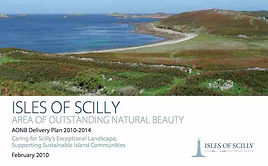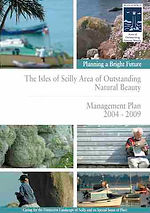
About our Area of Outstanding Natural Beauty
The Isles of Scilly are the smallest AONB designation in the UK. However, the Islands possess a diversity of scenery that belies their small scale.
The archipelago combines rugged granite cliffs and headlands, sparkling sandy bays, hidden coves, shifting dunes and saline lagoons. Over 6,000 years of human occupation has led to the development of lowland heath, enclosed pasture, hedged bulb-strips, small harbours and quays, and scattered rural settlement punctuated by tiny townships.
The Islands are home to a variety of wildlife, most of which thrives due to the Islands’ unique environment. Nationally important habitats such as maritime heathland and grassland, small pockets of woodland, arable fields, hedges and stone walls support a large variety of plants and animals, some of which are unique to Scilly, such as the Scilly Shrew and the Scilly Bee.
The Islands’ population of Atlantic Grey Seals and breeding bird colonies are of international importance. For migrant bird species, Scilly often provides a vital feeding ground as they make their journey across continents, attracting hundreds of visitors to the Islands every autumn.
The Islands’ crystal clear waters support a wide variety of marine flora and fauna and a wealth of colourful marine life from anemones, soft coral, sea fans and seagrass beds, visiting dolphins and occasionally basking sharks. The sea is the dominant influence that unites and divides the Islands and adds to the character of the AONB. The entire landscape changes with the ebb and flow of the tide. At low tide the Islands appear greater in size, rising out of the water as they stretch across newly exposed expanses of sand flats, making it easy to see how they once formed a single landmass. At high tide the Islands are submerged and once again the separateness is marked.
Scilly possesses exceptional heritage and has the greatest density of Scheduled Monuments in the UK. Some areas such as the whole Island of Samson and Shipman Head Down on Bryher are scheduled landscapes that protect and conserve complex historic environments in their entirety.
The Islands are famous for historic shipwrecks, notably The Association and three other vessels of the British Naval Fleet lost in 1707 while under the command of Sir Cloudesley Shovell. Scilly’s maritime history is of significant value both locally and nationally.
Scilly has rich and varied cultural associations that span politics, art, religion, literature and folklore and many Scillonian families can trace heritage back to the 17th century. Local traditions, such as Gig Rowing, still form an important part of life in Scilly. Traditional industries such as flower farming and fishing are still vibrant, though they operate on a smaller scale than during their heyday in the late nineteenth and early twentieth century.
The Isles of Scilly have a community of around 2,000 people, all living, working and shaping the AONB landscape. Tourism is by far the biggest employment sector, with up to 80% of the Islands’ economy being tourism-related. Tourism draws heavily on the natural environment, including bird watching, fishing, water sports, and nature and heritage tours.

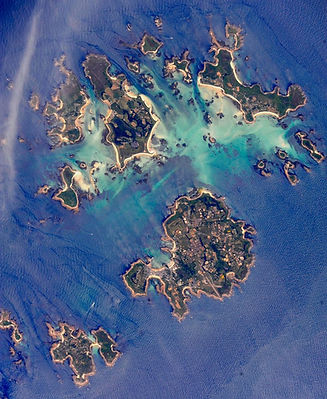
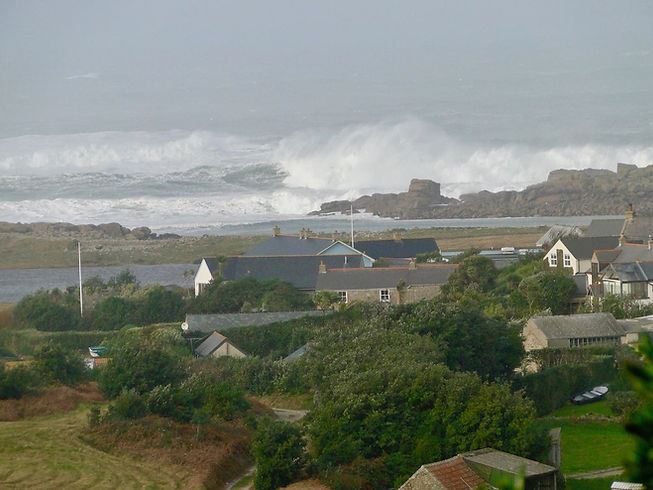
Understanding our AONB
The Isles of Scilly Area of Outstanding Natural Beauty is a designation which covers the whole of the Isles of Scilly.
The Council's statutory duty is to produce and review a management plan for the AONB to demonstate how the AONB can be protected and enhances. The care of the AONB is not down to the Council. The care is down to the individuals and organisation within the AONB - hopefully coordinated successfully via the AONB partnership).
Areas of Outstanding Natural Beauty (AONBs) were created by the National Parks and Access to the Countryside Act 1949 and, along with National Parks, they represent the finest examples of countryside in England and Wales. The Isles of Scilly were designated an AONB in 1975.
Natural England is responsible for AONB designation, and advises the Government and others on how they should be managed and protected. Natural England summarises the purpose of AONB designation as:
‘The primary purpose is to conserve and enhance natural beauty. In pursuing this primary purpose, the needs of agriculture, forestry, and other rural industries, and of the economic and social needs of local communities, should be taken into account. Particular regard should be paid to promoting sustainable forms of social and economic development, which in themselves conserve and enhance the environment. Recreation is not an objective, but the demand for recreation should be met in so far as this is consistent with the conservation of natural beauty and the needs of agriculture, forestry and other uses’.
AONB’s are a family of protected landscapes, more than one- third (37%) of South West England is covered by twelve AONB’s and two National Parks. The region’s exceptional environment is recognised as a significant economic asset, especially through tourism, and it also contributes to the social and cultural well-being of resident communities and visitors.
The National Association for AONBs (NAAONB) represent the AONB Family on the national stage, particularly with regard to environmental and landscape issues. The NAAONB also facilitate the exchange of information between AONBs.
Partnerships
The AONB Partnership consists of representatives from key organisations including Islands’ Partnership, Isles of Scilly IFCA, Council of the Isles of Scilly, the Duchy of Cornwall, Tresco Estate, IoS WT, Natural England, the Environment Agency, English Heritage & the RSPB. Together these organisations all form part of the advisory group.
Scilly’s distinctive and exceptional landscape, seascape, habitats and historic features are of national, European and International significance; collectively representing one of the UK’s finest landscapes and are worthy of designation and protection as an AONB. Each year, DEFRA allocate management plan objectives and this grant is supplemented by 25% match of the core funding by the main partners.
The Council of the Isles of Scilly uses these funds to appoint an organisation to deliver aspects of the management plan on behalf of the AONB Partnership. The IoS WT have been appointed as the delivery partner up to March 2020.
Strategic Partners
Defra - Click Here
CIOS - Click Here
Duchy of Cornwall - Click Here
Tresco Estate - Click Here
Isles of Scilly Wildlife Trust - Click Here
Islands Partnership - Click Here
Advisory Members
These include; IoS IFCA, Environment Agency and Historic England, RSPB & Natural England.
The AONB Partnership will generally meet four times during the financial year, but additional meetings are arranged as required.



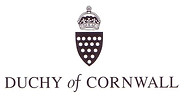


Current Management Plan
The vision for the Isles of Scilly AONB is outlined in the current AONB Management Plan (2021-2025) awaiting final adoption by Council of the Isles of Scilly.
It is a statutory requirement under Part IV of The Countryside and Rights of Way Act 2000 (the CRoW Act) for a local authority to prepare and publish a plan which formulates the policy for managing each AONB that falls within the local authority catchment.
The current plan was designed and produced by the Isles of Scilly Wildlife Trust on behalf of the Council of the Isles of Scilly”
2015 - 2020 Delivery Plan
In November 2014, the Isles of Scilly Wildlife Trust successfully bid for funds to deliver work in the AONB Management Plan for the first time. Since this time the Isles of Scilly Wildlife Trust continue to deliver elements of the Delivery Plan each year.
The plan includes delivery of environmental education activities, on the ground access improvements (such as path clearance, repair and boardwalk installation and maintenance) and new signage and interpretation.
Click circles below to discover
more about Designation Areas
NAAONB
The National Association for AONBs is a registered charity.
Our Vision is that the natural beauty of AONBs is valued and secure.
Our Mission is to support and develop a network of ambitious AONB partnerships with a strong collective voice.
Our Charitable Objects are simple and have the care of UK’s countryside at their heart.
The Charity’s membership is made up of AONB Partnerships and Conservation Boards, Local Authorities, environment organisations and enthusiastic individuals who care deeply about our outstanding countryside.
The Charity is governed by a Board of Trustees assisted by a small staff team.
Explore these sites
- Non Gamstop Casinos
- Non Gamstop Casinos
- Non Gamstop Casinos
- Non Gamstop Casino
- Casino Sites Not On Gamstop
- Online Betting Apps
- Non Gamstop Casino Sites UK
- Casinos Not On Gamstop
- Non Gamstop Casinos Uk
- Non Gamstop Casino Sites UK
- Sites Not On Gamstop
- Casino Sites Not On Gamstop
- Non Gamstop Casinos
- Casinos Not On Gamstop
- Non Gamstop Casino
- UK Casino Sites Not On Gamstop
- UK Online Casinos Not On Gamstop
- UK Online Casinos Not On Gamstop
- Non Gamstop Casinos UK
- Top Betting Sites UK
- Casinos Not On Gamstop
- Non Gamstop Casino Sites UK
- UK Online Casinos Not On Gamstop
